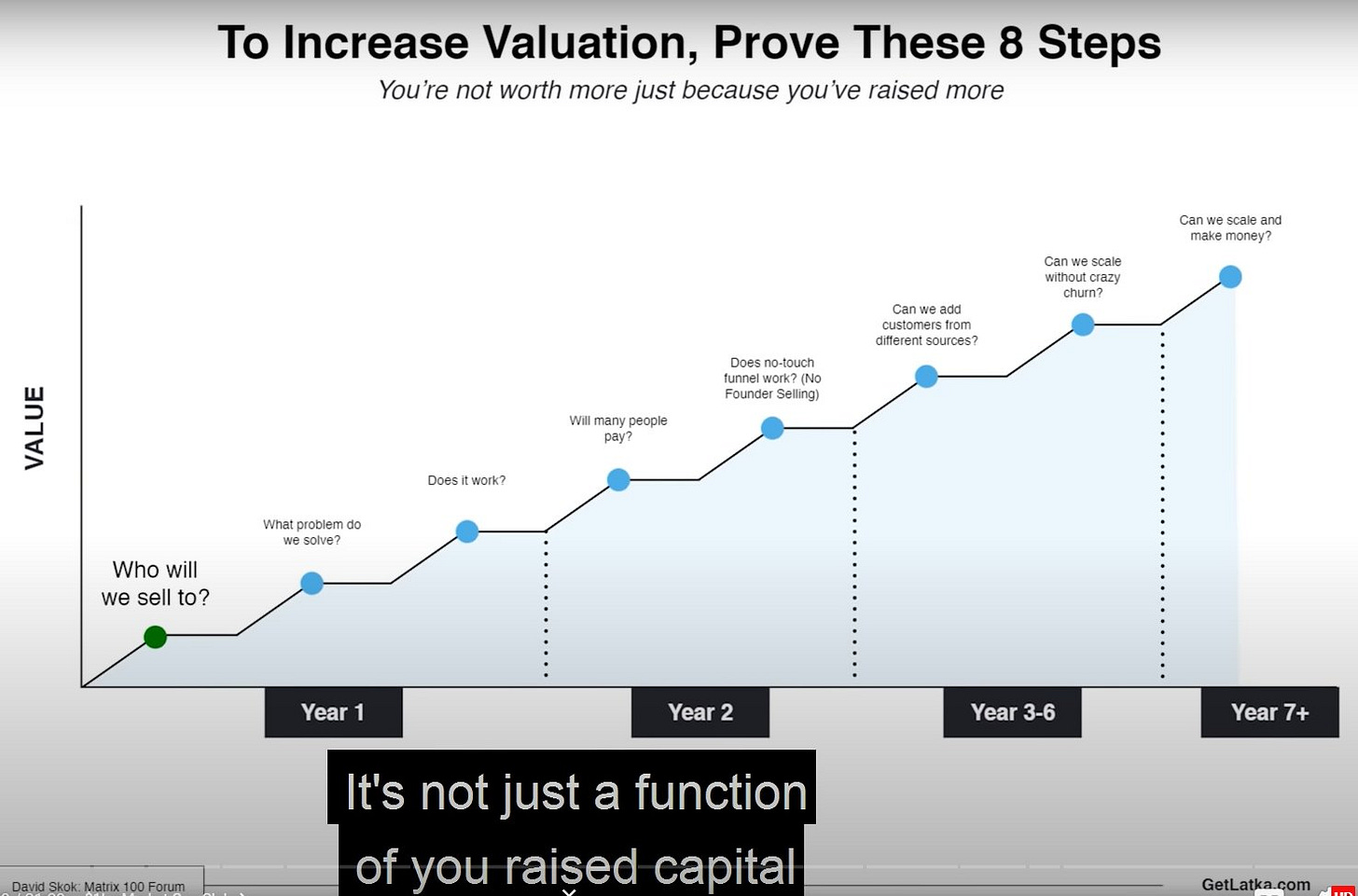Back in the day, people were debating how to best structure the economy.
One of the fundamental things that they wanted to know was,
What is THE source of value? What determines the PRICE of something? How is it possible that the same thing can have many prices?
Some people said that the price of something was related to the labour it took to create it. For example, a diamond’s worth might be found in the amount of effort it takes to extract it from the earth, polish it, etc. They called this theory the Labour Theory of Value.
Other more advanced creatures saw price as a function of the market used to exchange it. For example, a diamond’s final worth is determined not by the amount of effort it takes to extract it from the earth BUT RATHER how much the buyer ends up paying for it. Price is determined at sale, not at creation.
They often noticed that there was value in scarcity. At the end of the day, the price of a good is a weighted average calculation of how hard it is to get to the customer AND how much the customer is willing to pay for it. Paradoxically, Giffen Goods like diamonds have this unique property of going up in diamond even as you raise its price.
Today, most Thiel-lites will tell you that value is derived mimetically.
The Challenger Sales Model tells us that in a world where your product service and brand are the same as everyone else’s, it’s only your sales process that differentiates you. If price is determined at the point of sale…guess they’re right.
And so that’s Economics 101. When people buy and sell companies, they’re trying to determine what the market value of the company will be in the foreseeable future. Companies are typically sold for 8-20 times what they generate in revenue per year.
As Stringer’s Economics Professor tells him, the dominant player can preserve their market share in a highly-competitive market by dropping prices, changing their name, and eliminating or buying the competition outright.




